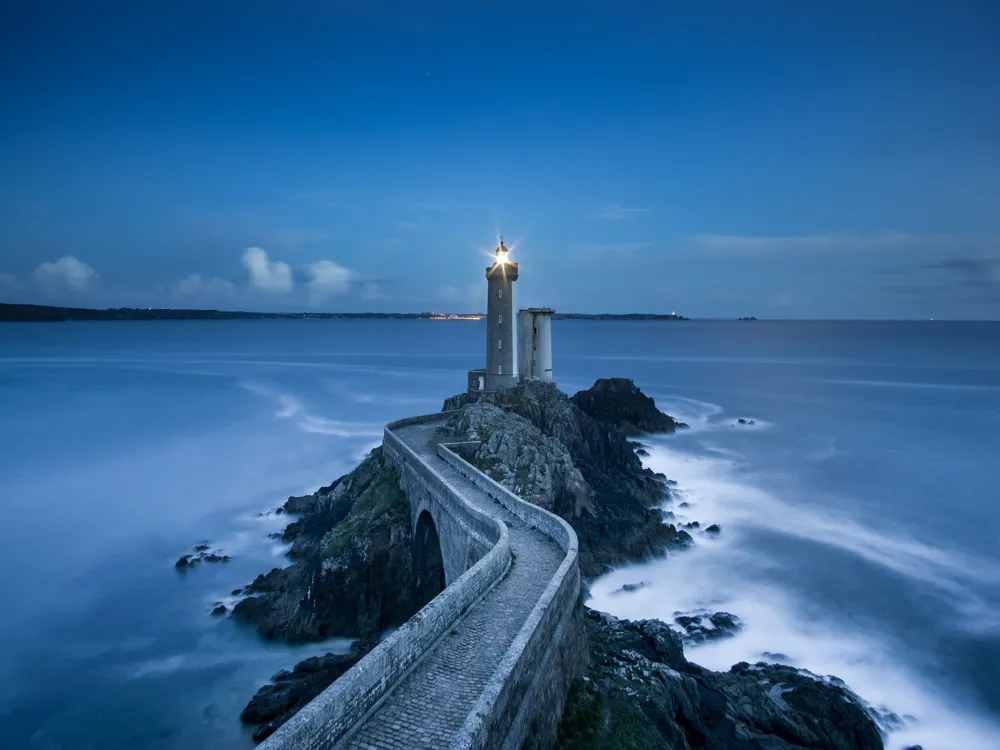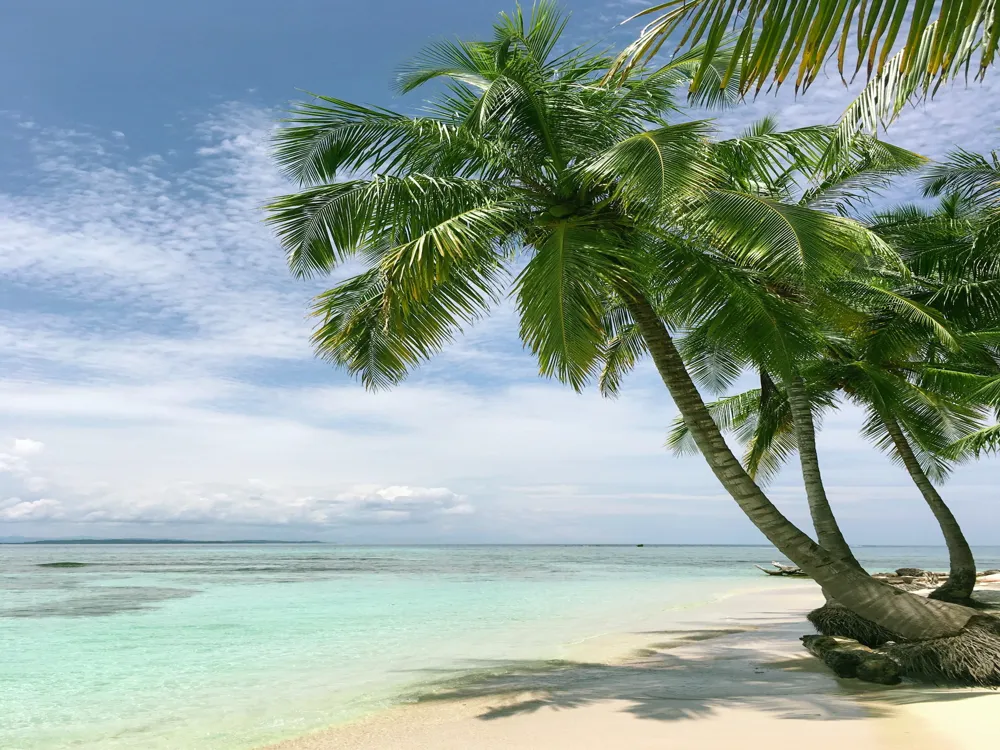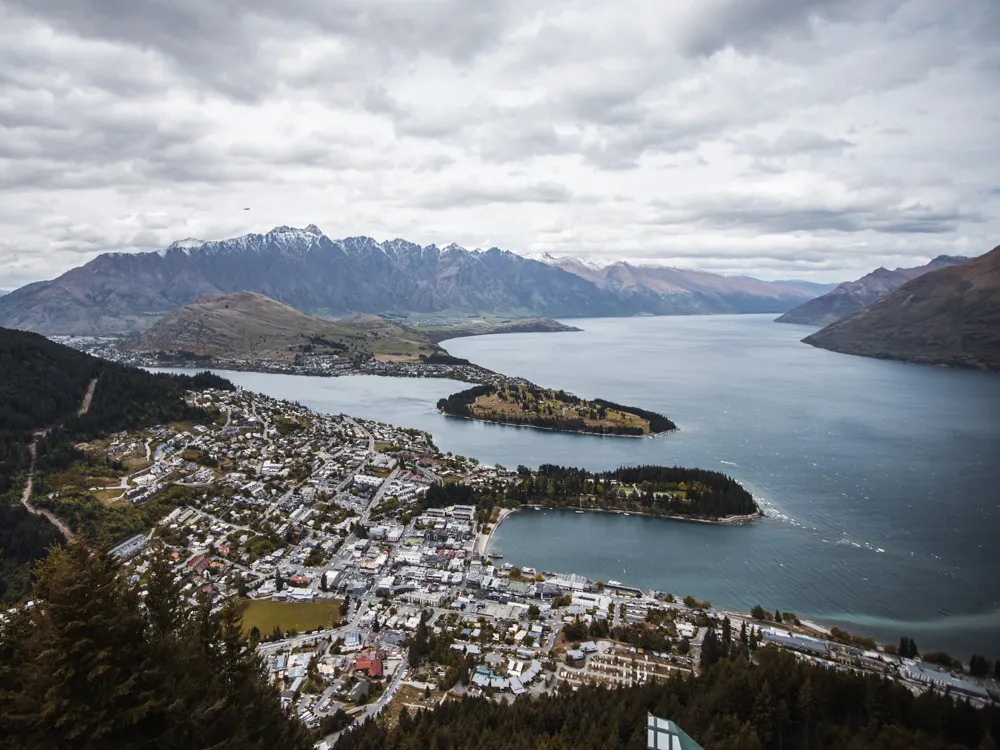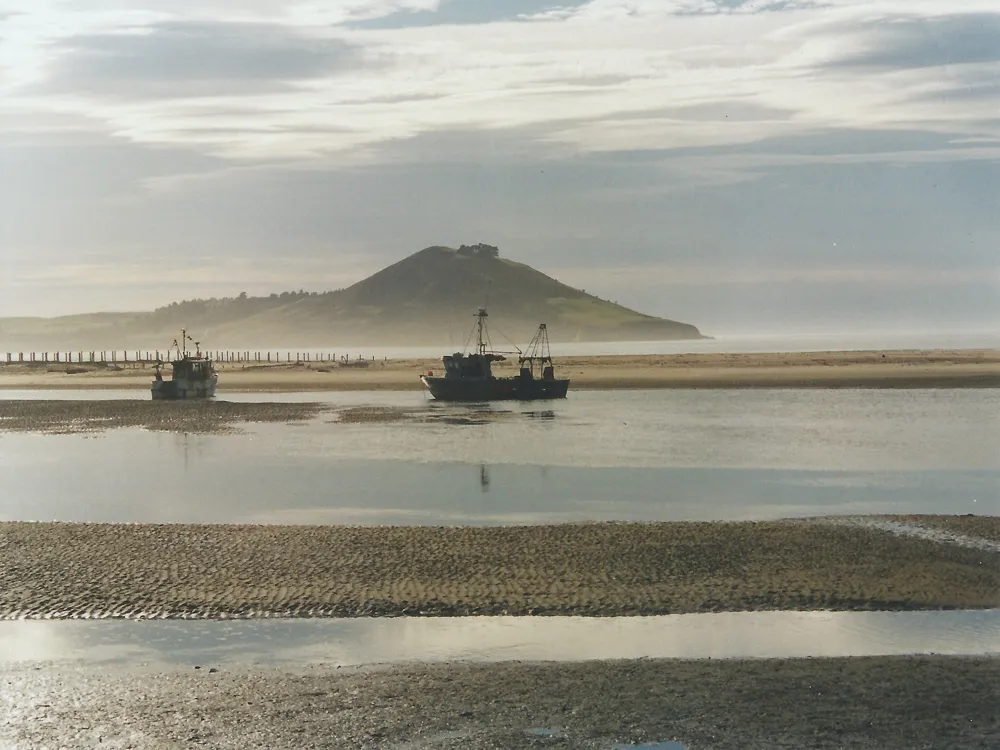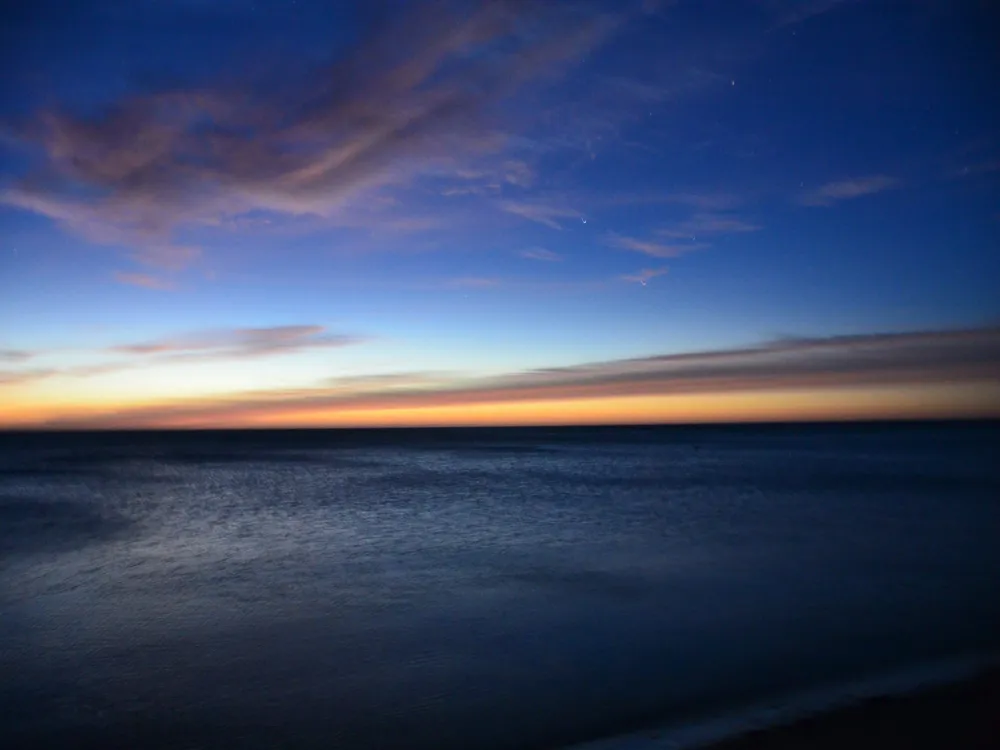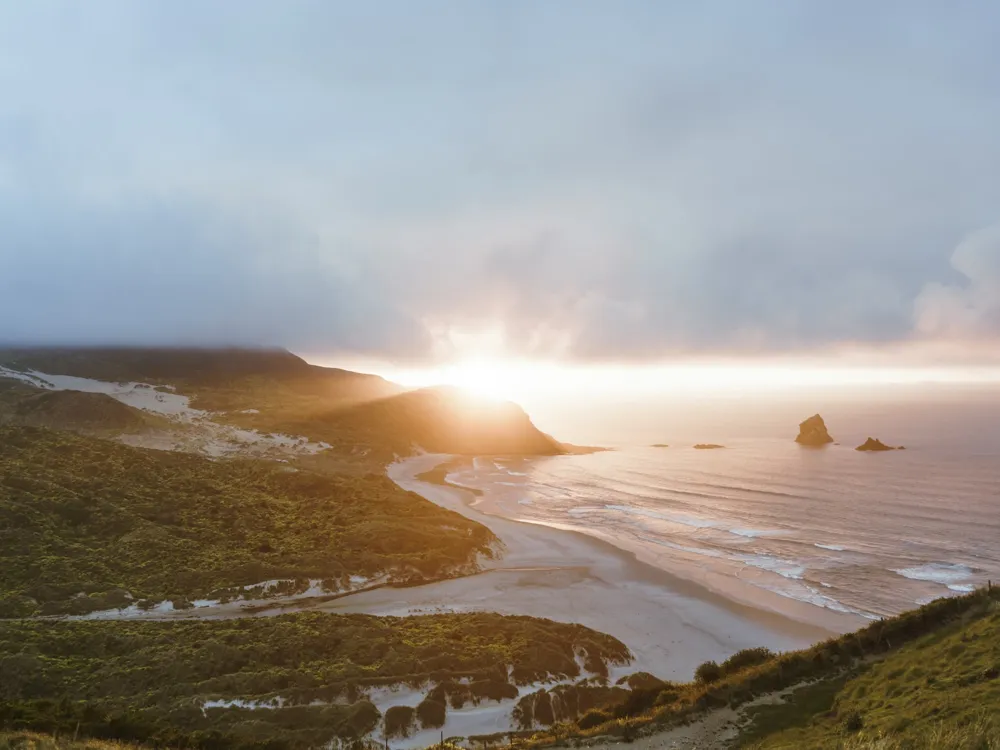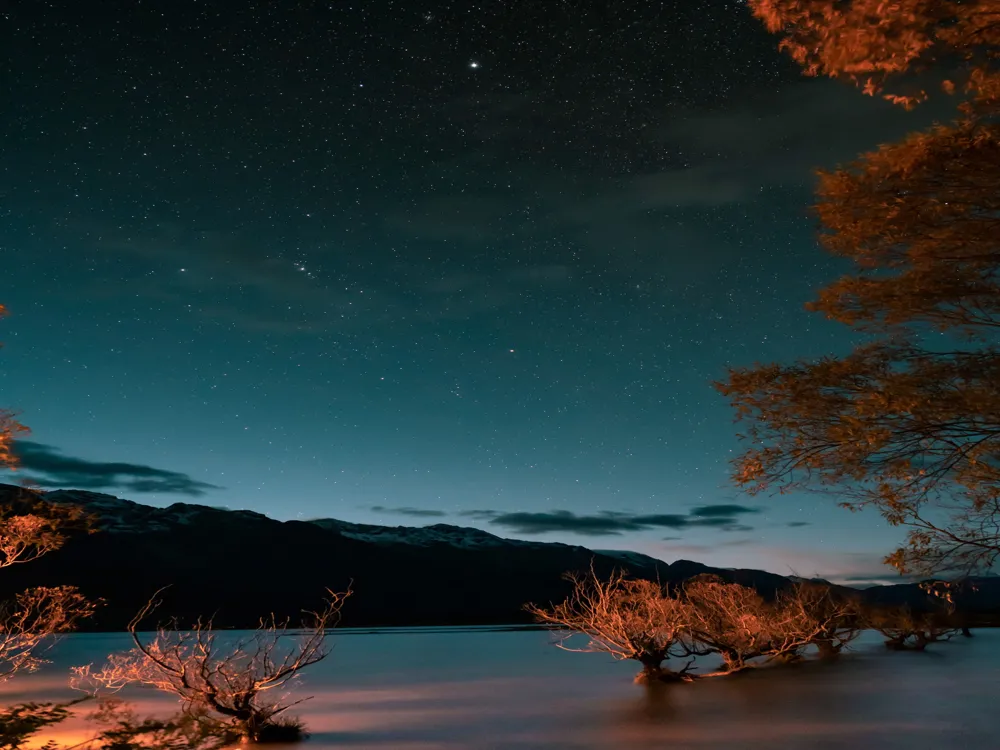Nestled in the picturesque landscape of the South Island, New Zealand, the Nugget Point Lighthouse stands as a beacon of history and natural beauty. This iconic lighthouse, located near Invercargill, is not just a guiding light for ships but a symbol of the rugged and unspoiled charm of the region. It has been operational since 1870, making it one of New Zealand's oldest lighthouses. The lighthouse, perched on the headland overlooking the Pacific Ocean, offers breathtaking panoramic views that attract photographers and nature lovers alike. The journey to Nugget Point is an adventure in itself. The winding path leading to the lighthouse is surrounded by lush greenery and the sounds of the ocean, creating an immersive experience in nature. The area is also a wildlife haven, home to various seabirds, including penguins and spoonbills, and marine animals like seals and sea lions. The lighthouse's strategic position atop the headland provides visitors with a unique vantage point to observe these creatures in their natural habitat. The history of Nugget Point Lighthouse is as captivating as its surroundings. Built in the late 19th century, the lighthouse was a response to the growing need for safe navigation around New Zealand's treacherous coastlines. Over the years, it has undergone several modifications, including the transition from a manual oil lamp to automated electric lighting. The lighthouse's architecture, with its distinctive white tower and red lantern room, is a testament to the era's engineering and design. Visiting Nugget Point Lighthouse is more than just a sightseeing trip; it's an experience that connects you with New Zealand's maritime history, stunning landscapes, and rich biodiversity. Whether you're a history buff, a nature enthusiast, or simply seeking a peaceful retreat, Nugget Point Lighthouse is a destination that promises an unforgettable journey. The Nugget Point Lighthouse, a masterpiece of 19th-century engineering, stands as a proud testament to the architectural ingenuity of its time. Designed by James Balfour, a renowned marine engineer, the lighthouse was constructed in 1869-1870. Its design reflects the typical Victorian-era lighthouse architecture, characterized by its functional elegance and durability to withstand harsh maritime conditions. The lighthouse's structure is predominantly built of locally sourced Kakanui stone, known for its strength and weather resistance. This choice of material not only ensured the lighthouse's longevity but also blended seamlessly with the rugged coastal landscape. The tower, standing at approximately 9.5 meters tall, is a cylindrical shape, tapering slightly towards the top. This design was intentional to reduce wind resistance and ensure stability against strong ocean winds. A striking feature of the Nugget Point Lighthouse is its distinctive color scheme. The white of the tower contrasts sharply with the red of the lantern room and gallery railings, creating a visual beacon that is easily distinguishable against the backdrop of the sea and sky. The lantern room, housing the light source, is a masterpiece in itself. Originally fitted with a first-order dioptric lens, the light could be seen from over 20 kilometers away, a crucial feature for navigating the perilous waters surrounding the coast. The interior of the Nugget Point Lighthouse is equally fascinating. The tower's inner workings, including the spiral staircase and service rooms, reflect the practical yet meticulous design of the era. The lighthouse was initially manned by keepers who lived in nearby cottages, ensuring the light was always operational. Although it has been automated since 1989, the lighthouse's original charm and architectural integrity remain intact, offering a glimpse into the life of a 19th-century lighthouse keeper. The architecture of Nugget Point Lighthouse is not just about its physical structure but also its symbolic significance. It stands as a monument to human ingenuity, resilience, and the enduring relationship between man and the sea. For architecture enthusiasts and history lovers, the lighthouse offers a fascinating insight into the technological advancements of the time and the challenges of constructing such a structure in a remote and rugged location. The best time to visit Nugget Point Lighthouse is during the summer months (December to February) when the weather is most favorable. However, for those interested in wildlife, spring (September to November) is ideal for observing seals, sea lions, and various seabirds. Visitors should bring binoculars for wildlife viewing, a camera for capturing the stunning scenery, and comfortable walking shoes for the trek. Also, it's advisable to dress in layers as the weather can be unpredictable. It's crucial to respect the natural habitat by staying on designated paths, not disturbing the wildlife, and taking all rubbish with you to protect this pristine environment. Always stay within the safety barriers, especially when taking photos, as the cliffs can be dangerous. Also, check the weather forecast before your visit, as the area can experience sudden changes in conditions. Nugget Point Lighthouse is accessible by road, located approximately an hour’s drive from Invercargill. The route is well-signposted, and the drive offers scenic views of the Southern New Zealand landscape. Upon reaching the car park, a short walking track leads directly to the lighthouse. This path is well-maintained and offers easy access for most visitors, making it an enjoyable walk amidst nature. Read More:Overview of Nugget Point Lighthouse
Architecture of Nugget Point Lighthouse
Tips When Visiting Nugget Point Lighthouse
Best Time to Visit
What to Bring
Respecting the Environment
Safety Considerations
How To Reach Nugget Point Lighthouse
Nugget Point Lighthouse
Invercargill
NaN onwards
View invercargill Packages
Invercargill Travel Packages
View All Packages For Invercargill
Top Hotel Collections for Invercargill

Private Pool

Luxury Hotels

5-Star Hotels

Pet Friendly
Top Hotels Near Invercargill
Other Top Ranking Places In Invercargill
View All Places To Visit In invercargill
View invercargill Packages
Invercargill Travel Packages
View All Packages For Invercargill
Top Hotel Collections for Invercargill

Private Pool

Luxury Hotels

5-Star Hotels

Pet Friendly









